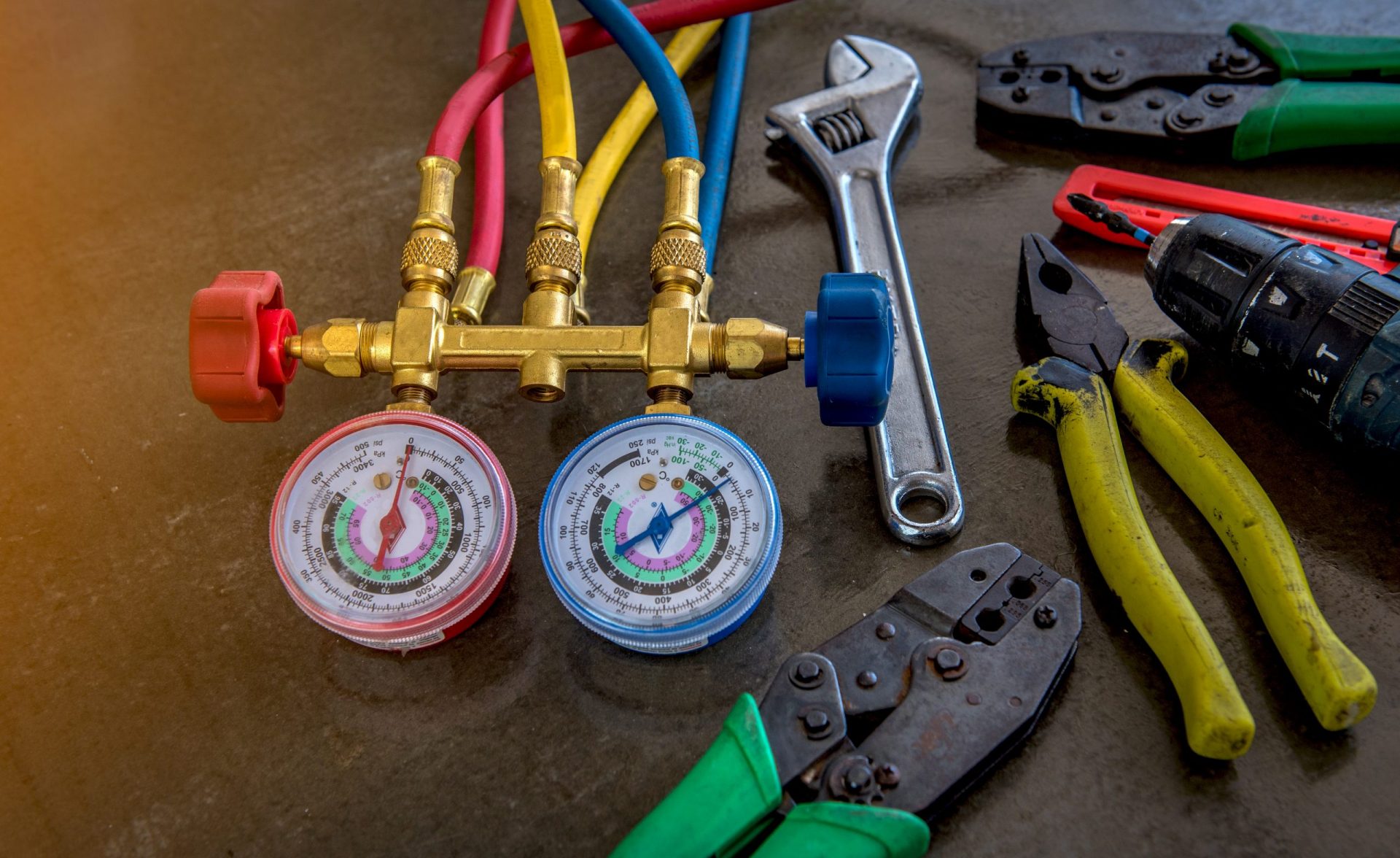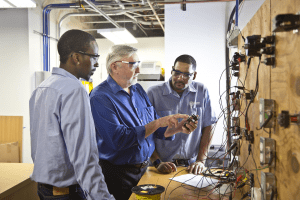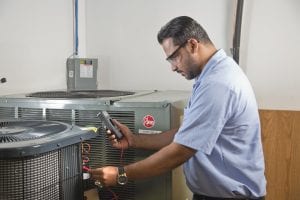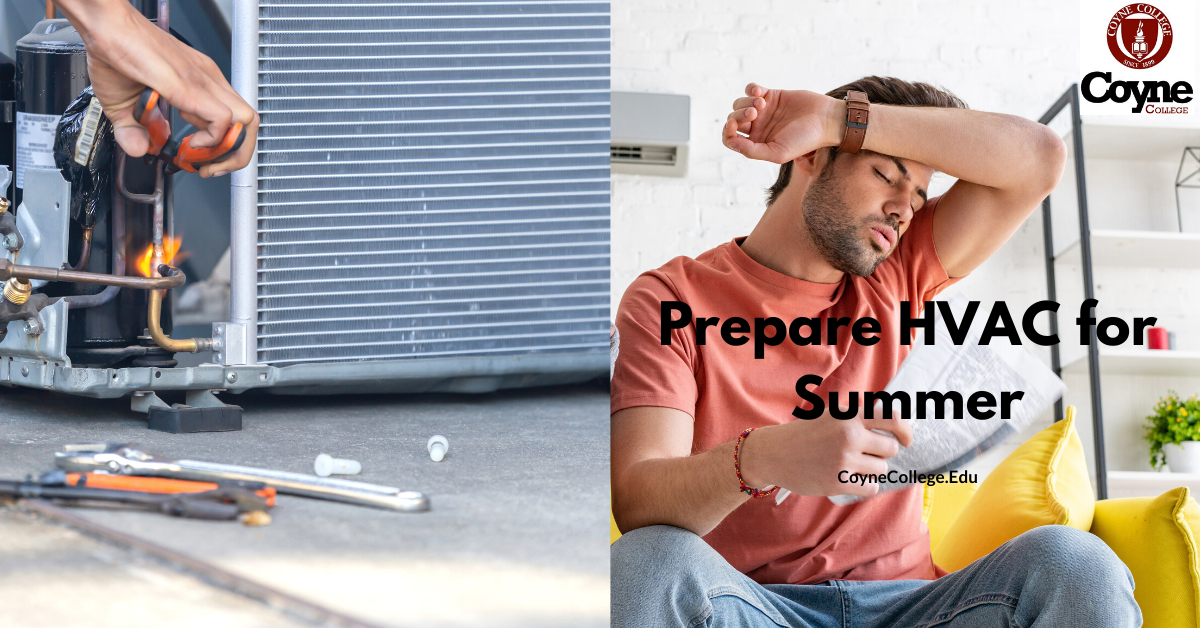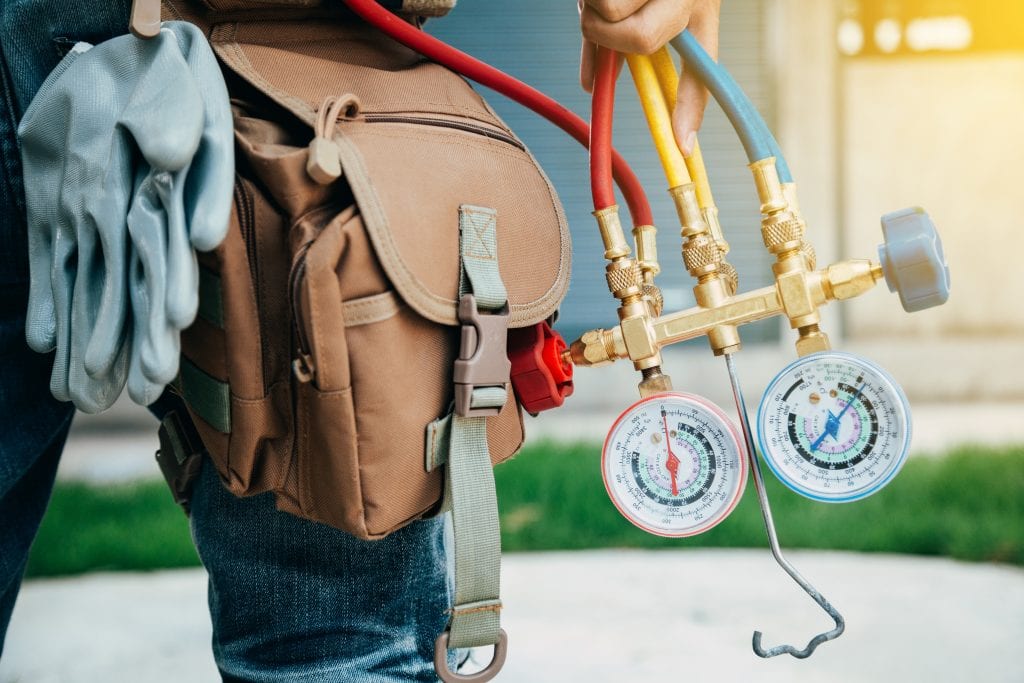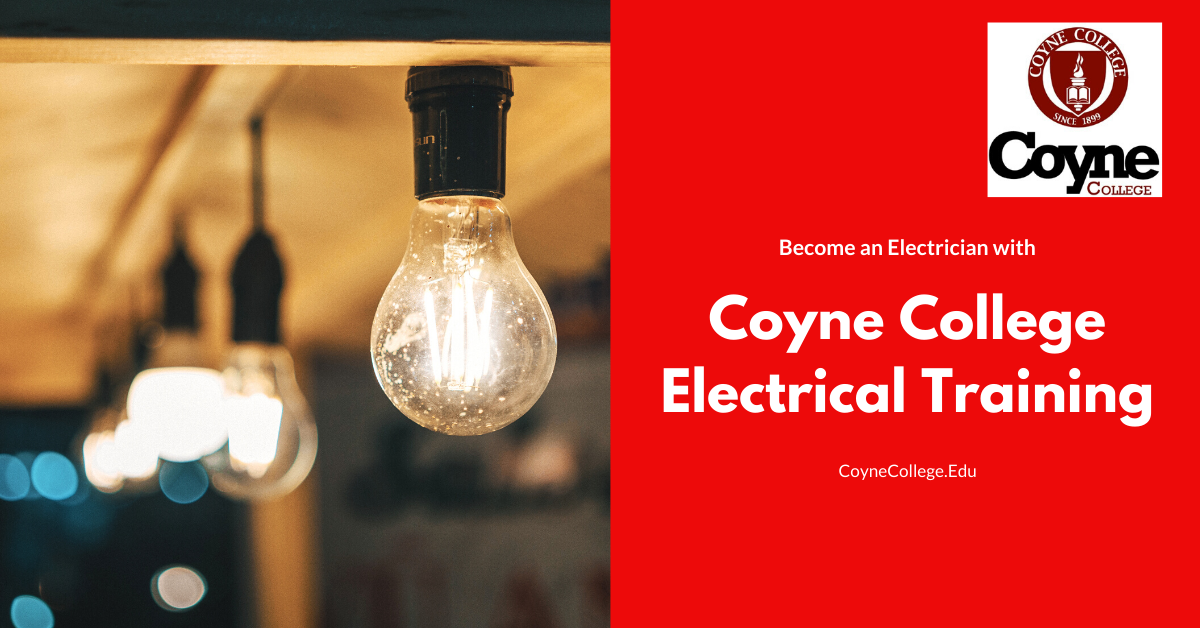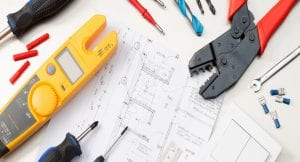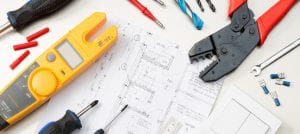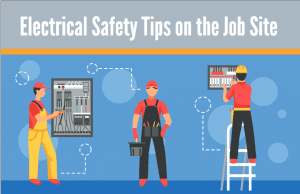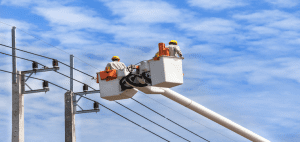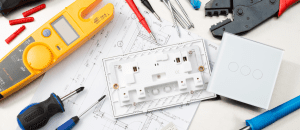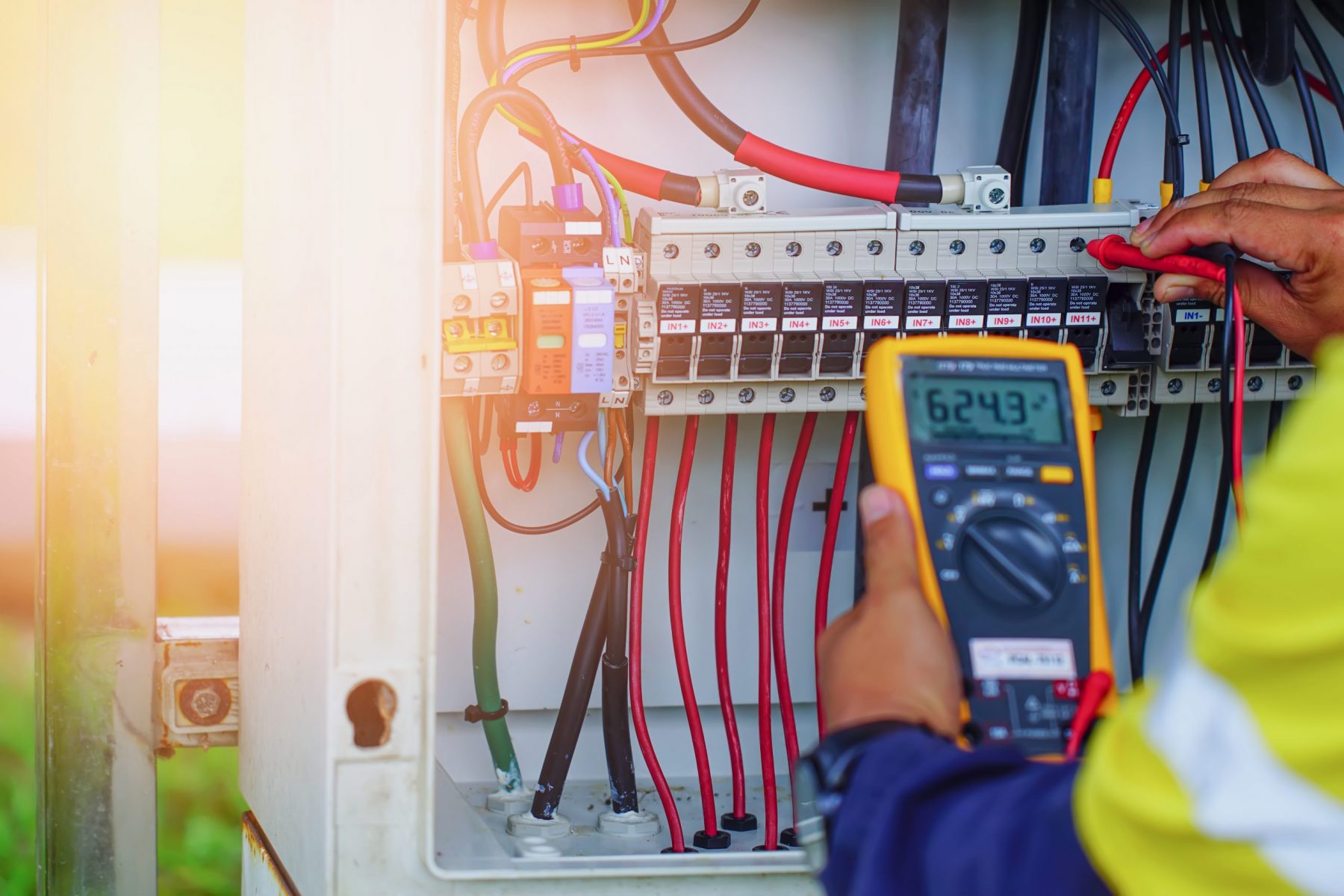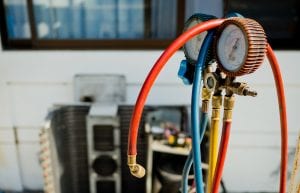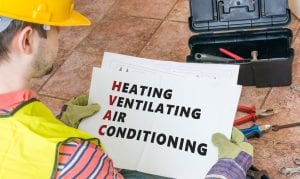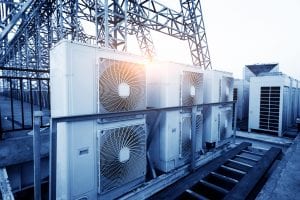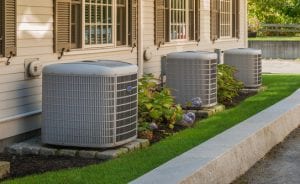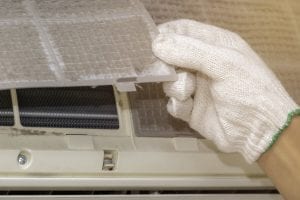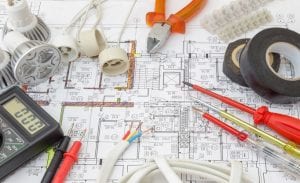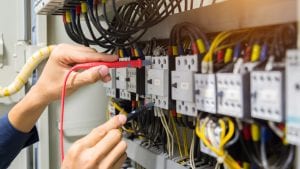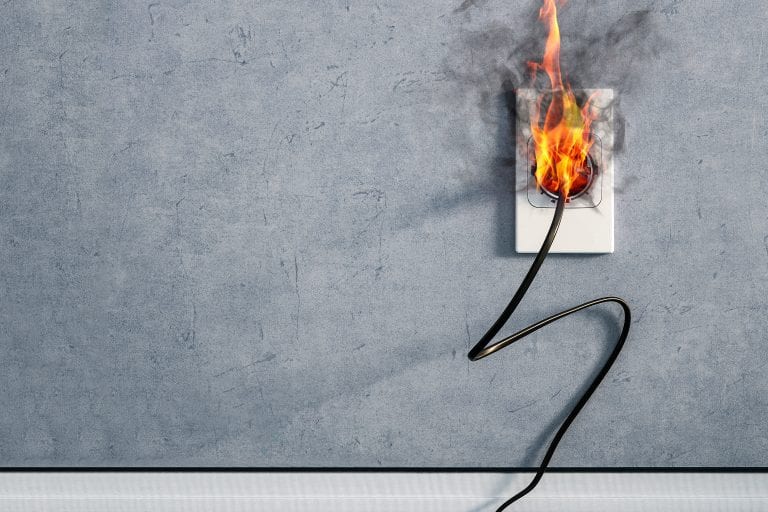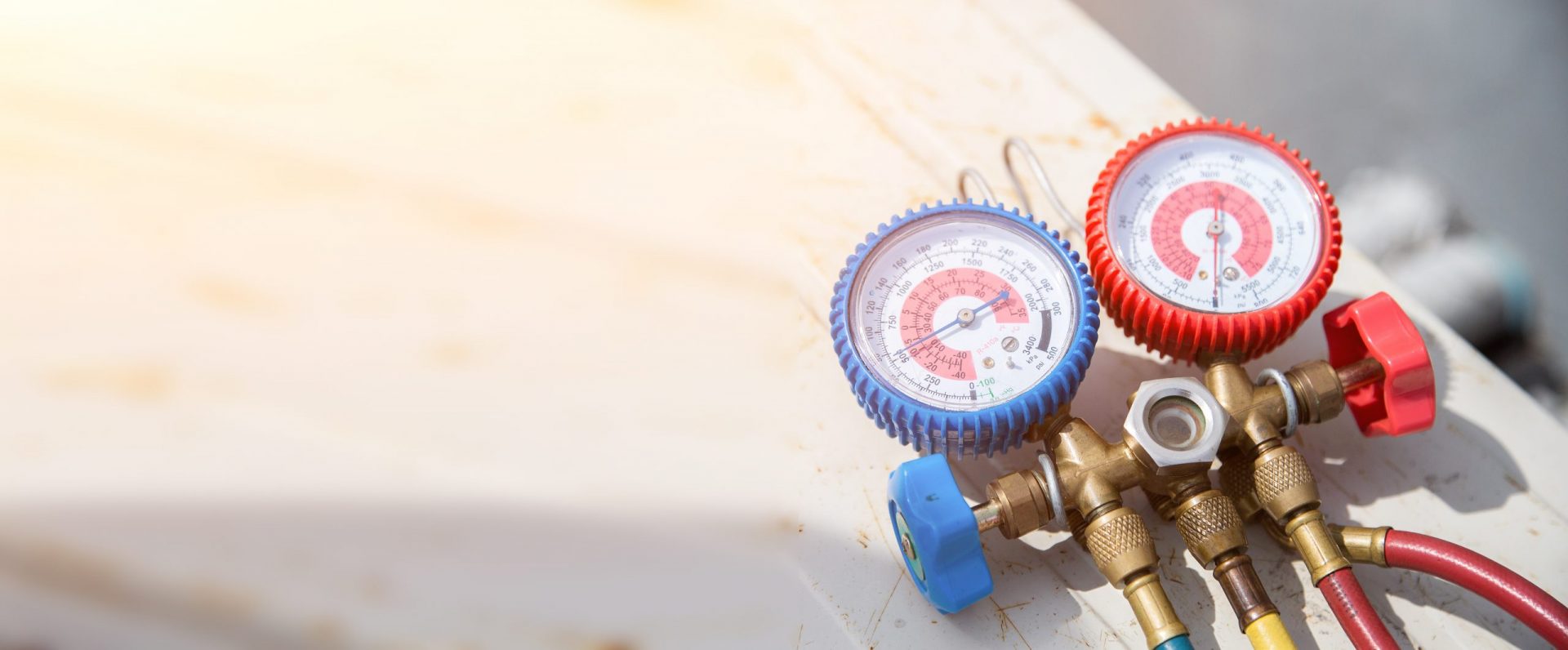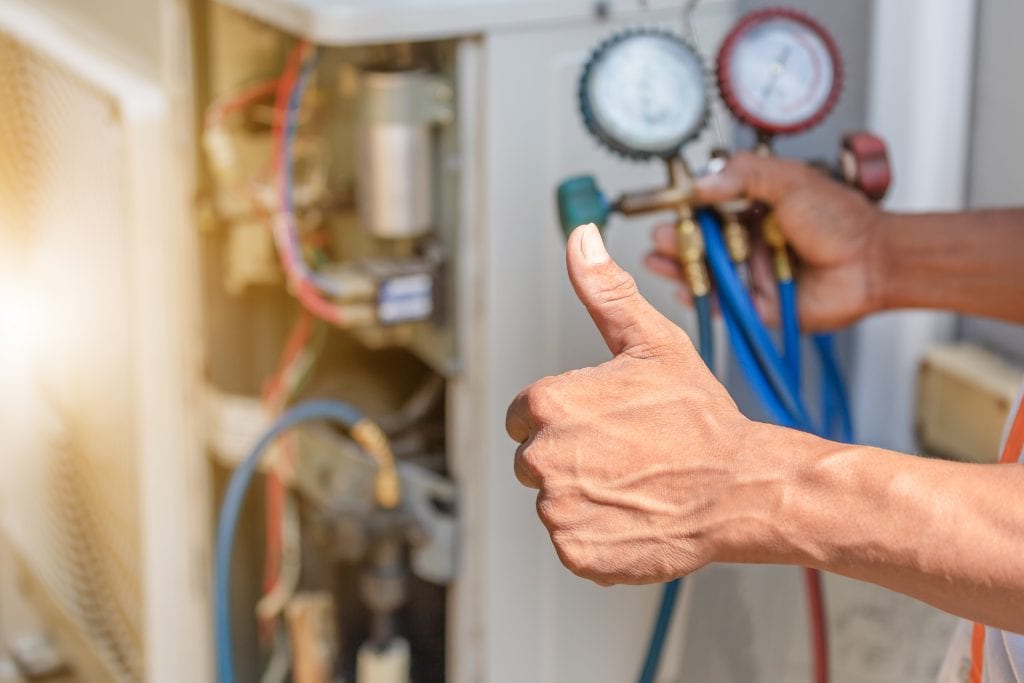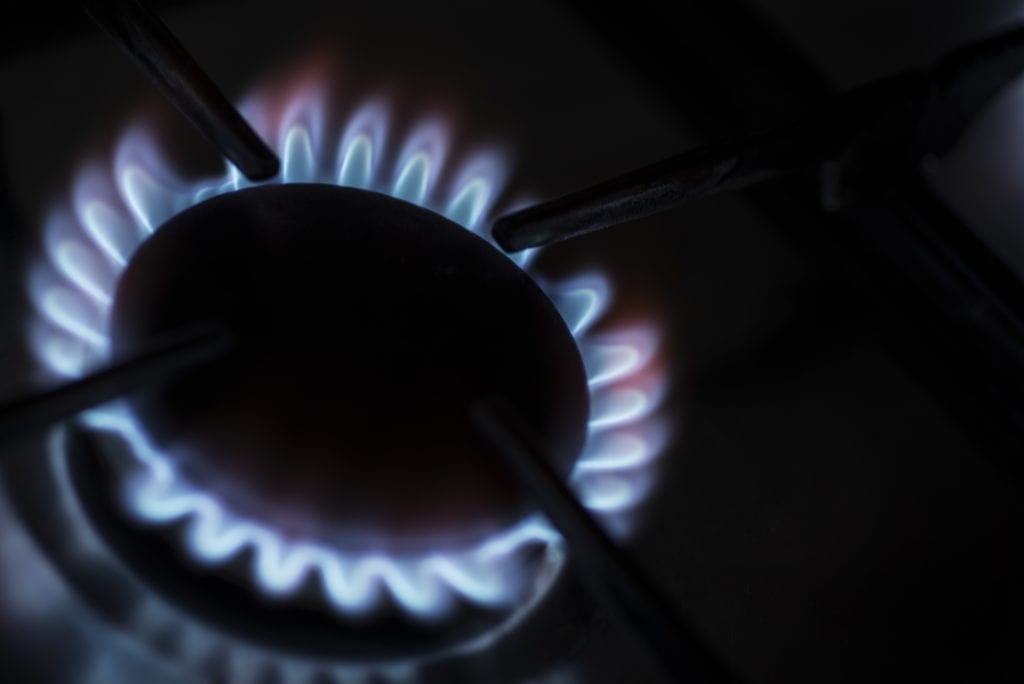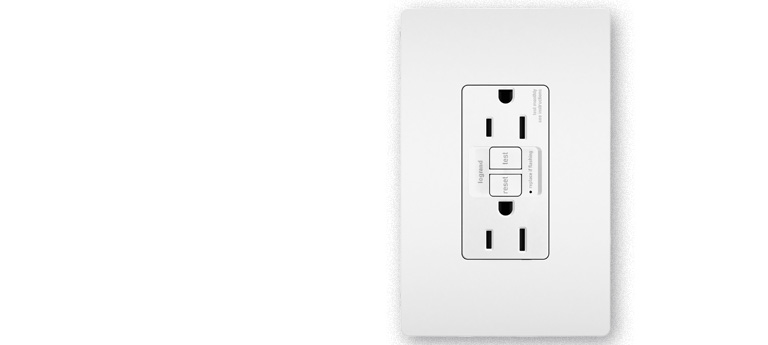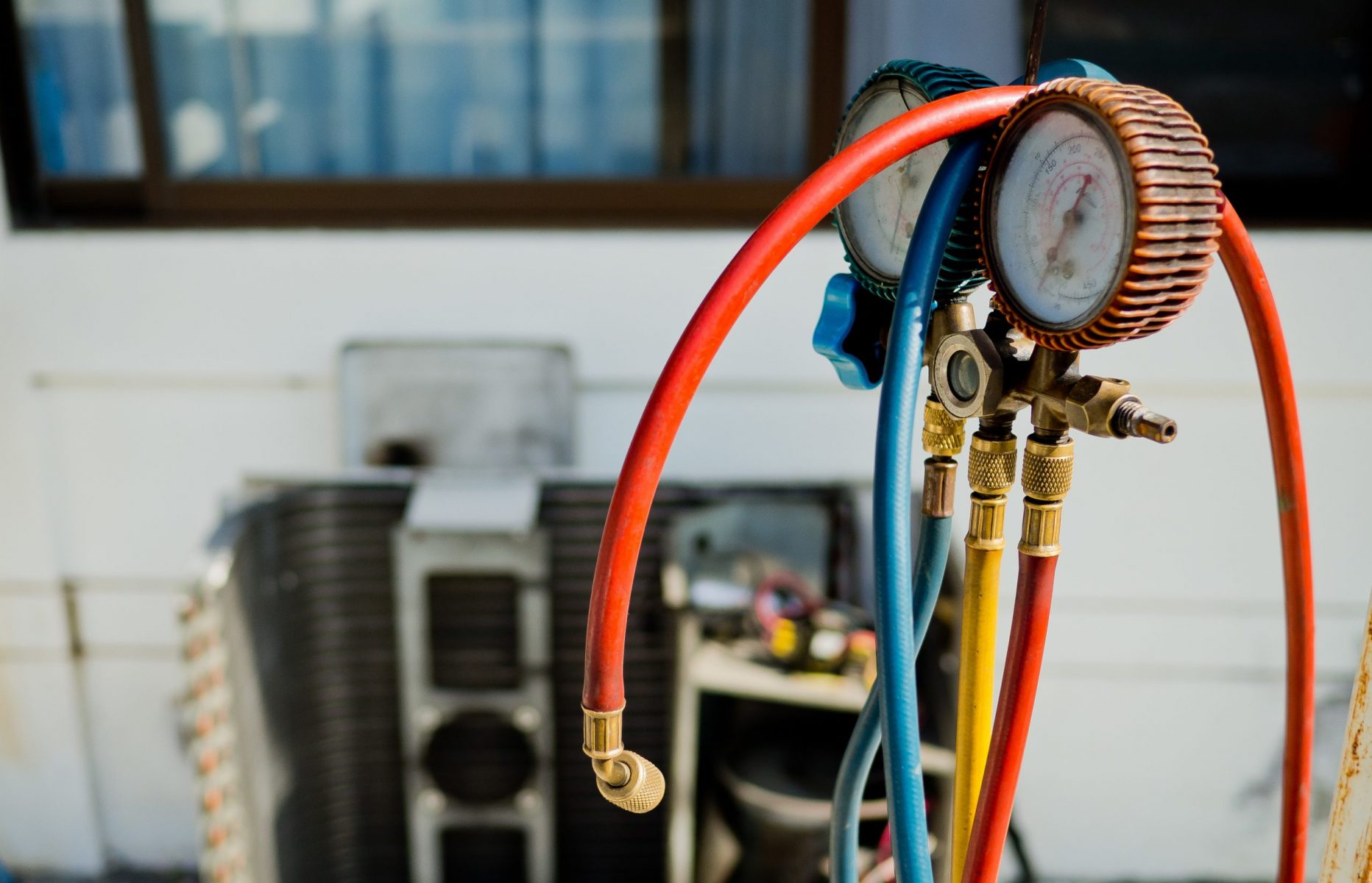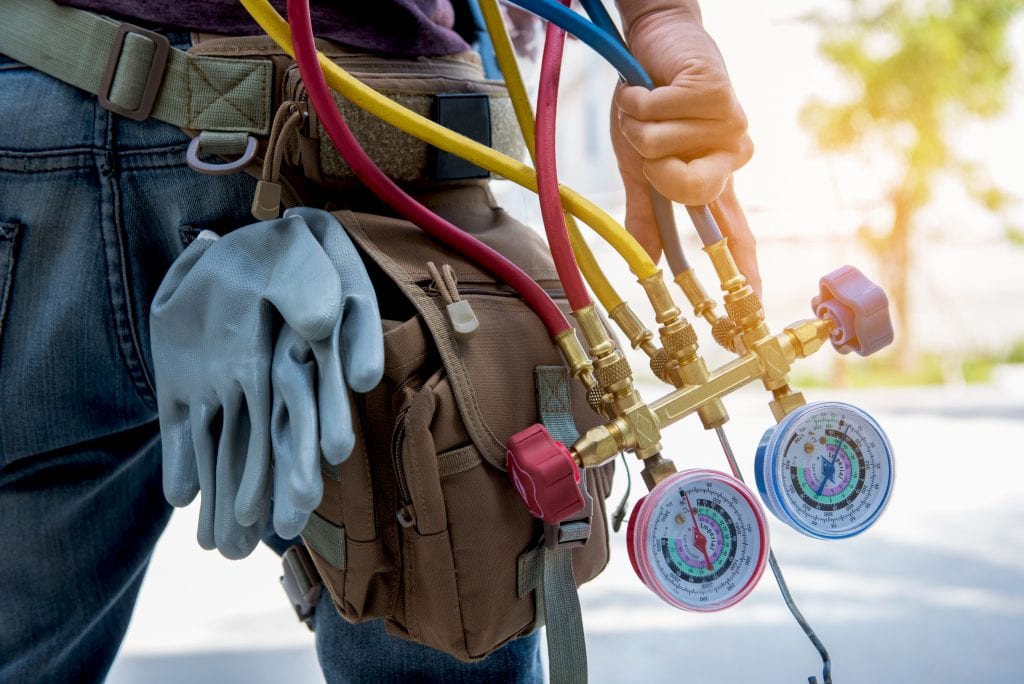Having an occupation in demand that can go with you wherever you may be is a huge plus. When you can work at home, you have advantages that others do not have: no commute time, flexible scheduling, not having to go to an office during inclement weather and more. When you are working from home in medical billing, the advantages are greater because it provides a home-based career option that is in high demand.

Medical billers and coders are needed to handle insurance and patient claims, billing patients properly so medical professionals are paid for their services. In the healthcare industry, coders apply industry-standard codes that relate to specific medical diagnoses, treatments and procedures to patient health records. Medical billers then take the coded information and submit the bill. However, if your job is for a larger organization, you may just do medical billing. If you work for a small company, you may do the work of both medical biller and coder.
Medical billing and coding careers offer the following benefits:
• You can work from home. Many healthcare providers outsource their work, so you do not need to work from a specific office location. Many billers and coders are independent contractors.
• It offers an opportunity to build a business with little overhead costs. Once you are known in the medical industry as a professionally trained and reliable biller and coder, you can develop your home-based business with low cost: you only need a computer, up-to-date medical coding and billing software and some clients or a list of possible clients.
• You’re in charge of your career. You can choose your own hours and pay rate and accept as many (or as few) jobs as you want. Additionally, there is no one standing over your shoulder telling you what to do and when to do it; ideally, you will have the organization and self-discipline necessary to complete your work on time.
• Avoid the physical demands of working in an on-site location. You don’t need to commute to your job and work in a space that is set up according to your employer’s specifications. When you work at home, you can find the place that is most comfortable for you. If you have any kind of physical disability, this is an ideal career option.
• You can work AND be a stay-at-home parent. Because you determine your hours, you can also be home for your children and family priorities. Additionally, since you’re your own boss, you could choose to not work during the summer or school vacations.
Coyne College Chicago offers a 48-week medical billing and coding diploma program. Currently, classes and training are provided online. During your program, you’ll learn medical terminology, health records management, insurance procedures, billing software, and medical coding in addition to business communications and office administration. Six weeks of your Coyne College medical billing and coding program will be devoted to electronic health records—important in today’s real-world healthcare settings. Additionally, your hands-on training includes an externship that gives you the opportunity to learn in a professional setting in the Chicago area and helps you develop your skills and build self-confidence.
According to O*NETOnLine, the employment rate for medical records and health information technicians (billers and coders) is expecting to grow 11 percent through 2028, which is must faster than average for other occupations. As the U.S. population rapidly ages, people usually require more medical care. That means when you take the career step toward medical coding and billing, you’ll be available to handle the many insurance and patient claims. You can work from home, of course, or you may prefer to work alongside doctors and nurses in a hospital, doctor’s office, clinic, nursing home or other medical facility. Your skills can provide much-needed assistance in the healthcare community. In terms of average salary, the median wage for a medical biller and coder was $42,630 a year in 2019—and with the anticipated need for workers, it is very likely that wages will increase.
For a job with a promising future—and something you can do from home—consider becoming a medical billing and coding specialist. Contact Coyne College for more information.


